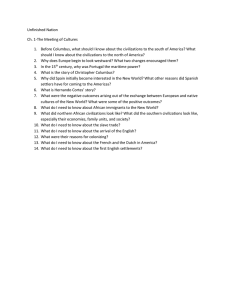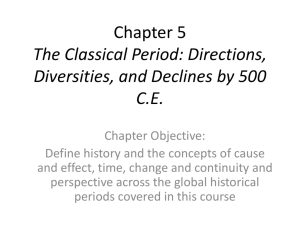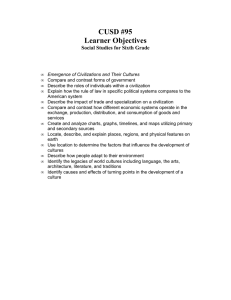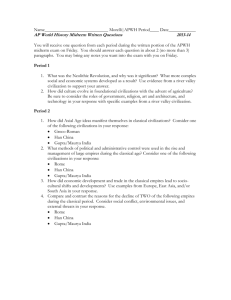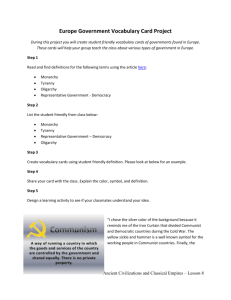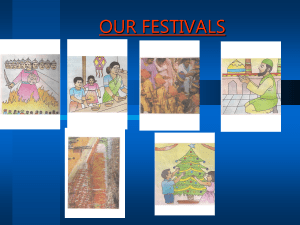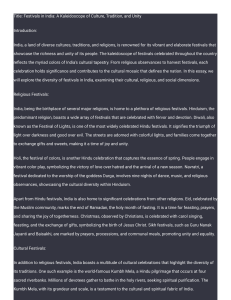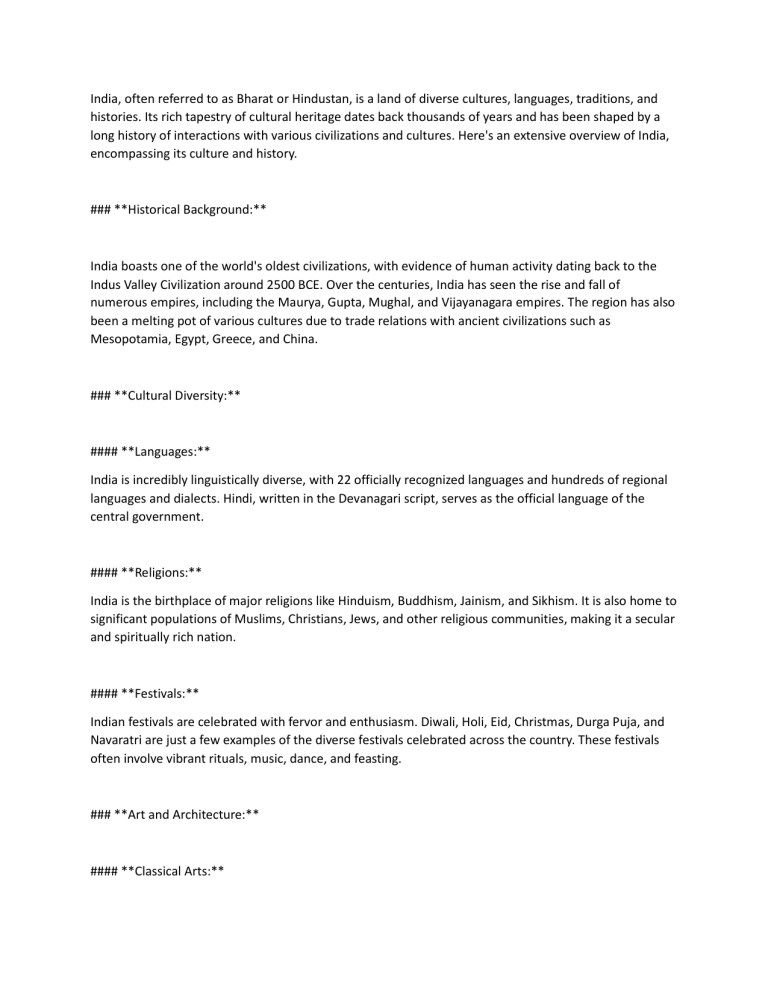
India, often referred to as Bharat or Hindustan, is a land of diverse cultures, languages, traditions, and histories. Its rich tapestry of cultural heritage dates back thousands of years and has been shaped by a long history of interactions with various civilizations and cultures. Here's an extensive overview of India, encompassing its culture and history. ### **Historical Background:** India boasts one of the world's oldest civilizations, with evidence of human activity dating back to the Indus Valley Civilization around 2500 BCE. Over the centuries, India has seen the rise and fall of numerous empires, including the Maurya, Gupta, Mughal, and Vijayanagara empires. The region has also been a melting pot of various cultures due to trade relations with ancient civilizations such as Mesopotamia, Egypt, Greece, and China. ### **Cultural Diversity:** #### **Languages:** India is incredibly linguistically diverse, with 22 officially recognized languages and hundreds of regional languages and dialects. Hindi, written in the Devanagari script, serves as the official language of the central government. #### **Religions:** India is the birthplace of major religions like Hinduism, Buddhism, Jainism, and Sikhism. It is also home to significant populations of Muslims, Christians, Jews, and other religious communities, making it a secular and spiritually rich nation. #### **Festivals:** Indian festivals are celebrated with fervor and enthusiasm. Diwali, Holi, Eid, Christmas, Durga Puja, and Navaratri are just a few examples of the diverse festivals celebrated across the country. These festivals often involve vibrant rituals, music, dance, and feasting. ### **Art and Architecture:** #### **Classical Arts:** India has a rich tradition of classical arts, including Bharatanatyam (dance), Carnatic and Hindustani (music), and classical Indian painting. These arts have a history spanning centuries and continue to thrive in modern India. #### **Architecture:** Indian architecture showcases a blend of indigenous styles and foreign influences. Notable examples include ancient cave temples, Mughal forts and palaces (like the Taj Mahal), and intricate temple architecture reflecting various regional styles. ### **Modern India:** #### **Independence and Republic:** India gained independence from British rule on August 15, 1947, following a non-violent struggle led by Mahatma Gandhi and other freedom fighters. The country adopted its constitution on January 26, 1950, becoming a sovereign socialist secular democratic republic. #### **Economic Growth:** In recent decades, India has experienced significant economic growth and development, becoming one of the world's fastest-growing major economies. It is known for its information technology services, software industry, and advancements in various other sectors. #### **Challenges:** India faces challenges related to poverty, healthcare, education, and social inequality. Efforts are underway to address these issues and ensure sustainable development across the nation. ### **Conclusion:** India's culture and history are a testament to the country's resilience and its ability to absorb and integrate diverse influences. With a rich cultural tapestry, India continues to inspire the world, not only through its historical treasures but also through its modern achievements and ongoing contributions to global progress.


